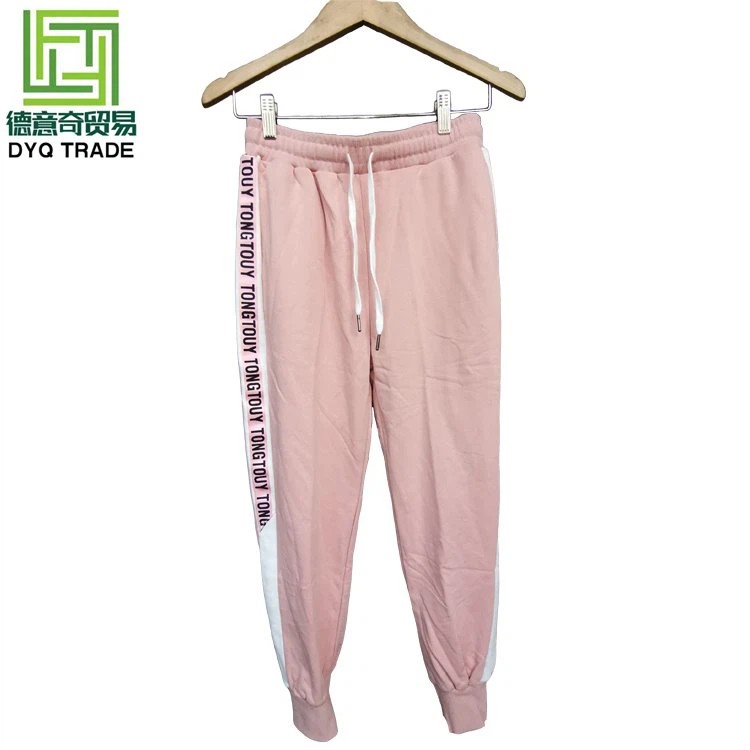When it comes to second-hand clothes, the first reaction of most people over the age of 25 is the clothes worn by their brothers or sisters when they were young, while the generation born after 00 rarely has the experience of wearing second-hand clothes as children. However, the second-hand clothing we are talking about here refers specifically to clothing that has been purchased or used and then re-entered the market.
Second-hand clothes can be roughly divided into 3 categories according to the duration of their existence. The first category is usually attributed to antiques, whose production date can be traced back to the mid-19th century, and some have extended its time limit to the 1920s. Although the antique clothing that can be preserved to this day has high historical and artistic value, most of them are not suitable for wearing, so they are generally hidden in museums or private homes, and are rarely circulated in the clothing market. The second category belongs to the Middle Ages series (translated from Japanese, "vintage" refers specifically to the clothes in it, usually called vintage in the English-speaking world), which generally refers to clothes that were produced between 20 and 90 years ago and have a high degree of age identification. The third category is second-hand clothing (or reused clothing) in a narrow sense. The characteristics of the era are not obvious, and most of them were produced in the past 20 years.

Taken as a whole, the age of used clothing distinguishes its exchange value and determines where it is primarily sold in the global network. Among them, most of the better-quality second-hand series and second-hand clothes are circulated in countries and regions with higher income, while some second-hand clothes of lower quality are transferred to less developed areas. Most of the well-known medieval stores in the world are located in developed countries such as Europe, America and Japan, but Thailand has become the main import destination for many medieval stores in Asia due to its large import volume of clothing.






